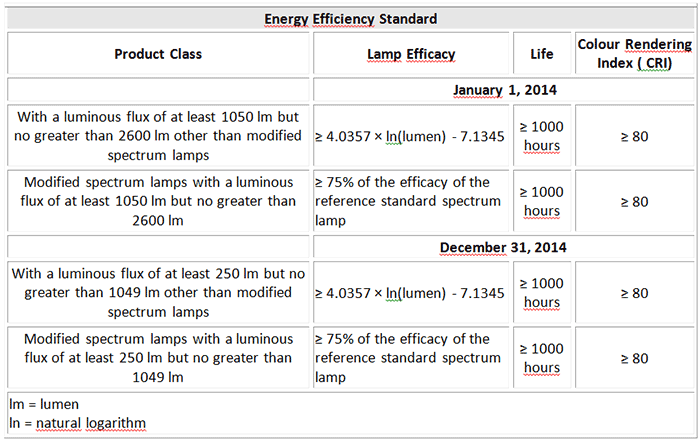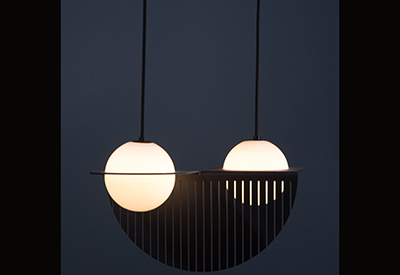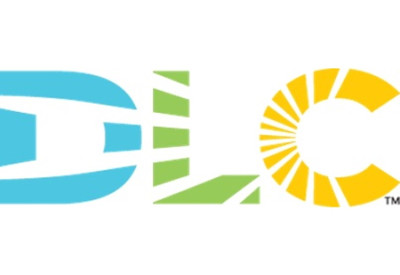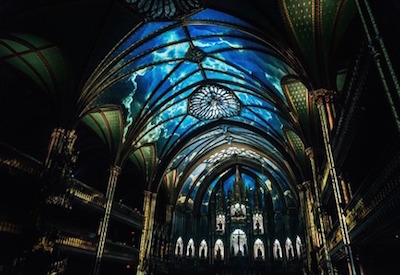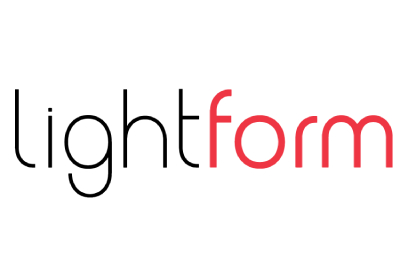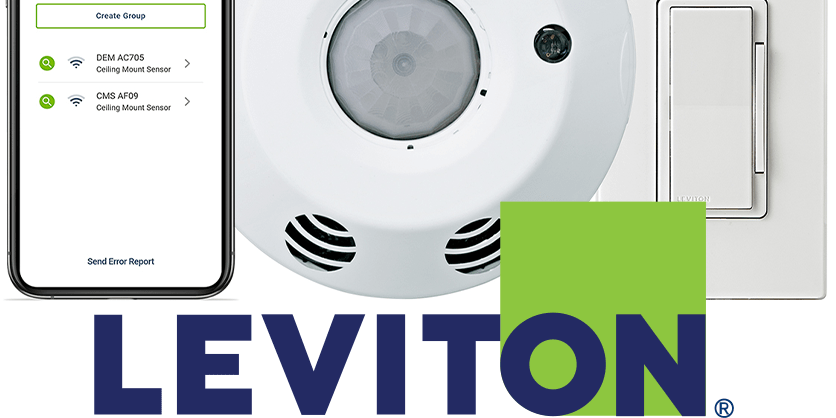Warning: New Canadian Standard for Light Bulbs
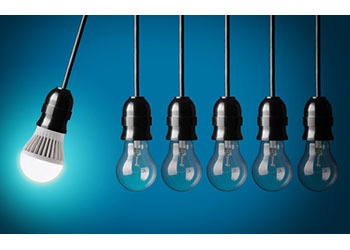
The Government of Canada has registered a revision to the current minimum energy performance standards for light bulbs which came into effect on January 1, 2014, and December 31, 2014. The revision aligns with lighting standards currently in effect in the US and provide Canadians with more lighting options; specifically, a mercury-free halogen bulb that closely resembles and performs like a traditional incandescent bulb.
Energy-efficient lighting standards eliminate the least efficient products on the market. The proposed revision will place Canada on par with the rest of North America and increase the supply of efficient lighting products for consumers, which gives them more choice at lower costs.
The standards set a minimum performance level for bulbs imported into Canada or sold interprovincially, and will phase out inefficient incandescent bulbs that range from 40 watts to 100 watts over a period of 12 months. The standards for 75- and 100-watt replacement bulbs apply to bulbs manufactured on or after January 1, 2014, and to 40- and 60-watt replacement bulbs manufactured on or after December 31, 2014.
Once the standards are in effect, consumers will be able to choose from a variety of technologies, such as light emitting diodes (LEDs), compact fluorescent lamps (CFLs) and halogen bulbs. These products will be available in various shapes and sizes, light outputs (brightness) and light appearances (colour temperatures).
Lighting accounts for approximately 10% of a home’s electricity use. Energy-efficient bulbs last as long as or longer than incandescent bulbs and use less electricity. While efficient light bulbs cost a bit more to buy, their energy savings pay for any incremental purchase cost and more over their lifetime. The expected reduction in household energy use will provide a cumulative net benefit to Canadian consumers of more than $750 million by 2025.
Exemptions to the standards have been identified where an alternative for an efficient bulb is not available, including oven lights, decorative lamps (light bulbs), appliance bulbs, three-way fixtures, chandeliers and rough service/utility bulbs, as well as for agriculture and industrial applications where lighting is used to keep animals or equipment warm.
Currently, 46 countries are participating in initiatives to improve lighting efficiency. Canada is one of 18 countries that are implementing minimum energy performance standards for light bulbs, along with Australia, Mexico and the US. Amendment 12B revises the minimum energy performance standards (MEPS) for general service incandescent lamps (light bulbs) to align with the US.
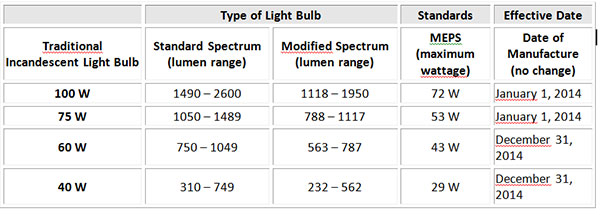
Source: www.nrcan.gc.ca
